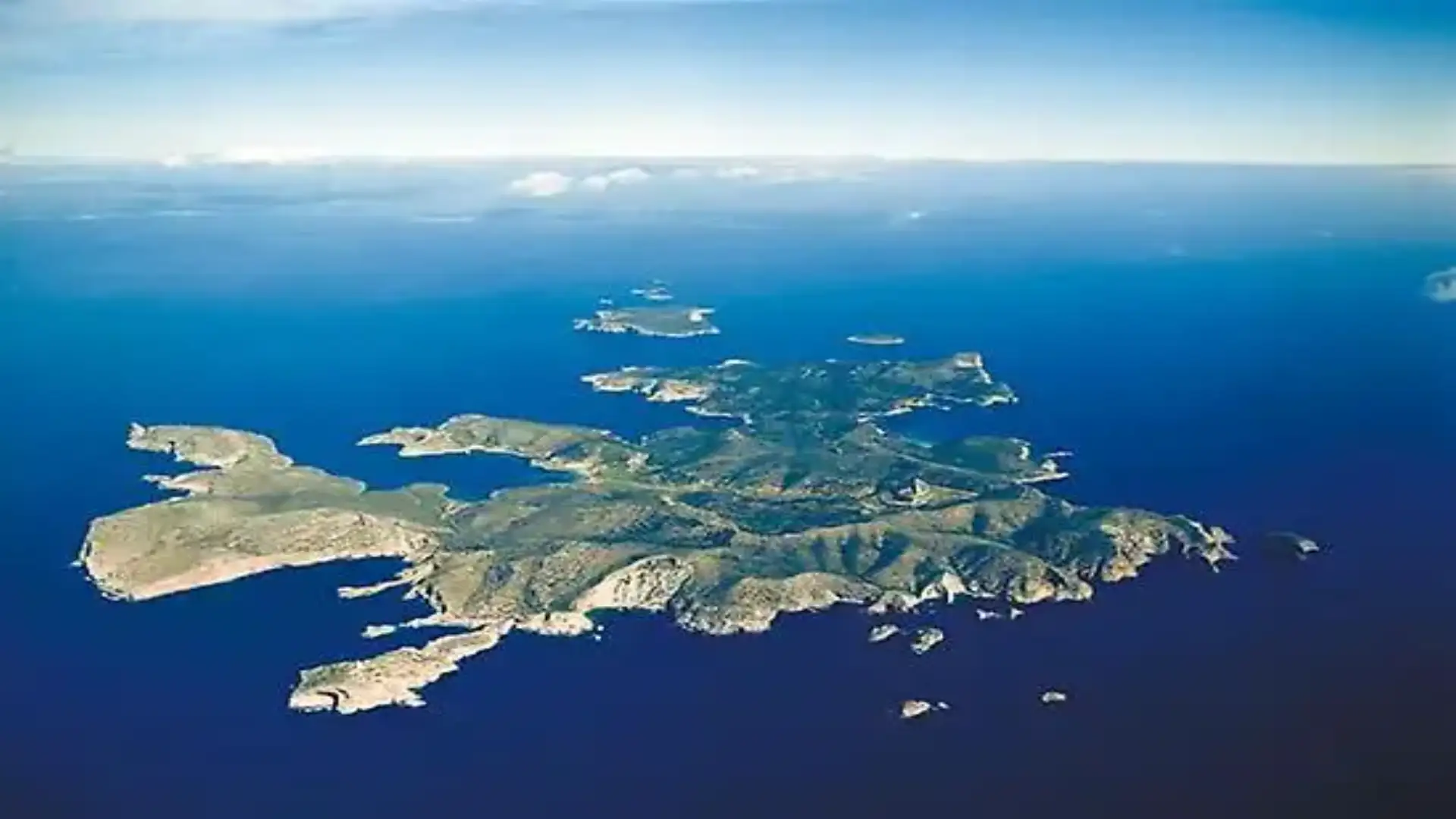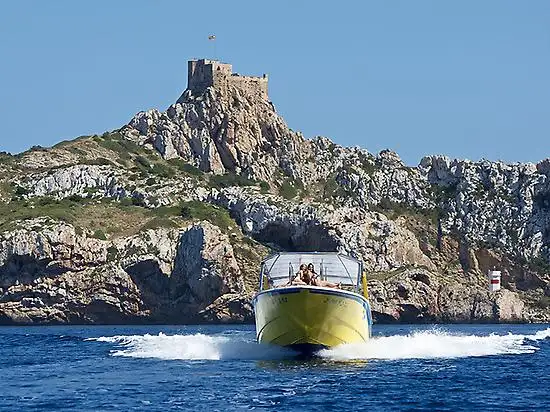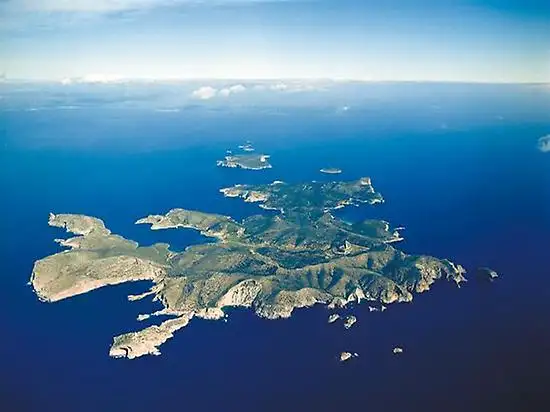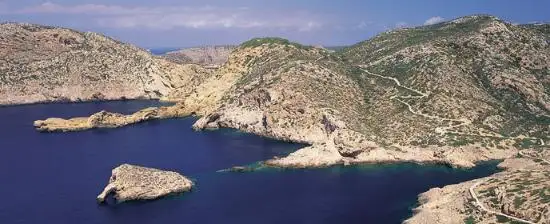
The National Maritime Land Park of the Cabrera Archipelago.
The National Maritime Land Park of the Cabrera Archipelago.
Ten kilometers south of Cape Salines, is the Cabrera archipelago, declared the Terrestrial National Maritime Park. The first attraction of his visit begins on the journey, as he sails among islets with a variety of forms and the company of dolphins and seagulls.
The Cabrera archipelago was separated from the island of Mallorca about 15,000 years ago. It is made up of a main island, Cabrera, and 18 islets; the first to appear is Na Foradada, a flattened mole and vertical walls. The island of Cabrera, with a small port where the 'swallows' are located, has an area of 1,569 hectares and is a succession of cliffs, coves, cabos, sandy beaches and beautiful coastal caves. The most spectacular is Sa Cova Blava, with an enigmatic natural composition of light and color.
Cabrera also represents an important ecosystem for fauna and flora. There are more than 450 plant species and it is a strategic point for many birds during migration. Here are the most diverse colonies of the Western Mediterranean, with a special presence of the Eleonor hawk, which is easy to locate around the islets. The terrestrial fauna is dominated by the 10 subspecies of lizards that inhabit it.

For 40 euros person Marcabrera offers a six hour navigation. You can hire the whole year on direct order, and for the general public it is available from 1 April to 31 October. He's out of Ses Salines.
His story is not exempt from curious episodes. During the 1st to 6th centuries, there was a population of Romans who made garum, a substance made from fish guts that added as a condiment to certain dishes and which was apparently aphrodisiac. In the park museum, installed in a building in the late 19th century, you can see remains of the ceramic found.
Its castle, built in the 14th century, served as a concentration camp for 9,000 French prisoners after the Battle of Bailén. Between 1809 and 1811 they were reached by groups on the island; the largest was 4,000 men, who remained captive for five years; they survived only 3,600. According to legend, there was also a monastery inhabited by rebel monks who danced naked on the beach.
In order to navigate, fondear or dive along the coast, you have to ask for permission at your offices in Palma (Plaça d'Espanya, 8. Tel. + 34 971 725 010) Cabrera @ mma.es. It's possible to stay in the Bay.
http: / / reddeparesnational.mma.es / parks / cabrera / index.htm
Photographs filehttp: / / www.spain.info /
© 2024 Nautica Digital Europe - www.nauticadigital.eu













